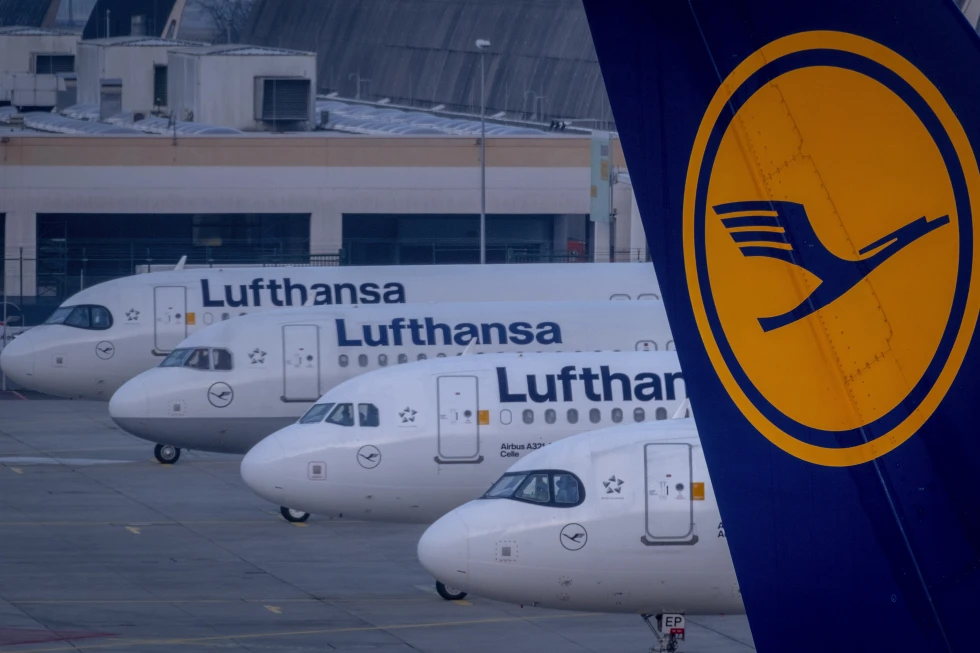Lufthansa Flight Flies Without Pilot for 10 Minutes After Co-Pilot Faints Mid-Flight
In a harrowing incident that underscores the critical importance of cockpit protocols and pilot health monitoring, a Lufthansa Airbus A321 flight from Frankfurt to Seville operated without a conscious pilot for approximately ten minutes after the co-pilot fainted while alone in the cockpit.
The Incident: A Mid-Flight Emergency
The aircraft’s autopilot system maintained stable flight during the co-pilot’s incapacitation. However, the captain’s attempts to re-enter the cockpit using standard and emergency codes were initially unsuccessful. Eventually, the co-pilot regained partial consciousness and managed to open the cockpit door, allowing the captain to regain control of the aircraft. The flight was then diverted to Madrid, where it landed safely, and the co-pilot received immediate medical attention.
Investigations and Findings
Following the incident, the Spanish Civil Aviation Accident and Incident Investigation Commission (CIAIAC) conducted a thorough investigation. The report concluded that the co-pilot suffered a seizure linked to a previously undiagnosed neurological disorder. Investigators noted that such conditions are challenging to detect during routine medical examinations unless prior symptoms have been reported. (New York Post)
Lufthansa acknowledged the incident and confirmed that its flight safety department conducted an internal investigation. However, the airline has not publicly disclosed the findings of its internal review.
Implications for Aviation Safety
This incident has raised significant concerns regarding cockpit protocols and pilot health monitoring. The European Union Aviation Safety Agency (EASA) has been urged to reassess regulations concerning cockpit occupancy, especially during critical phases of flight. While some airlines had previously relaxed the rule requiring two crew members in the cockpit at all times, this event may prompt a reevaluation of such policies.
Furthermore, the incident highlights the importance of comprehensive medical evaluations for flight crew members. The challenge lies in detecting asymptomatic conditions that could impair a pilot’s ability to operate an aircraft safely. Enhanced medical screening procedures and regular health assessments may be necessary to mitigate such risks.
Passenger Safety and Crew Response
Despite the alarming situation, the aircraft’s autopilot system functioned effectively, maintaining stable flight during the co-pilot’s incapacitation. The cabin crew responded promptly, providing first aid to the co-pilot and assisting the captain in managing the emergency. A doctor onboard also contributed to the co-pilot’s care, identifying a potential heart condition.
Passengers were largely unaware of the critical situation unfolding in the cockpit, thanks to the crew’s professionalism and the aircraft’s automated systems. The successful diversion and safe landing in Madrid underscore the effectiveness of existing safety protocols and the importance of crew training in emergency response.
Conclusion: Lessons Learned and Future Considerations
The Lufthansa flight incident serves as a stark reminder of the unpredictability of in-flight emergencies and the necessity for stringent safety measures. It emphasizes the need for continuous evaluation of cockpit protocols, comprehensive health assessments for flight crews, and the integration of advanced technologies to enhance flight safety.
As the aviation industry continues to evolve, incorporating lessons from such incidents is crucial in ensuring passenger safety and maintaining public confidence in air travel.
Subscribe to trusted news sites like USnewsSphere.com for continuous updates.
[USnewsSphere.com / apn]





